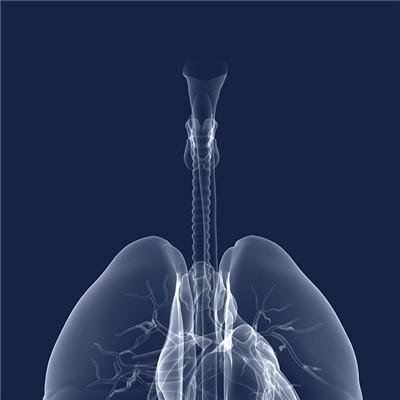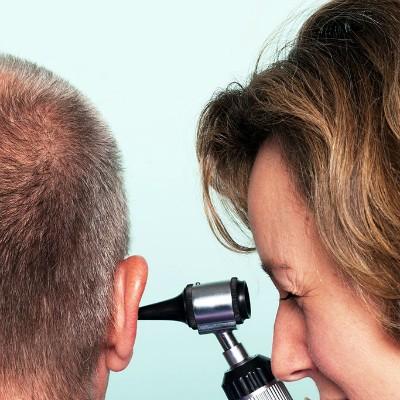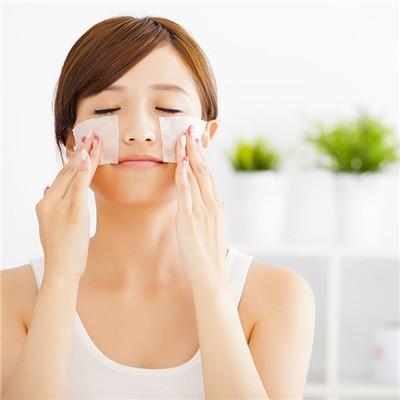How should wheat harvest dermatitis be treated?
summary
How should wheat harvest dermatitis be treated? This disease is also called wheat mang dermatitis, which is a common skin disease during wheat harvest. After contact with wheat ears, the symptoms of local itching first appeared. On the same day or after a day, a few scattered red papules or erythema with needle tip to millet size occurred at the contact site, often accompanied by scratching and self-conscious pruritus.
How should wheat harvest dermatitis be treated?
After contact with wheat ears, the skin itches first. On the same day or the next day, a small number of scattered red papules or erythema with needle tip to millet size occur on the contact site, often accompanied by scratching and self-conscious pruritus. In severe cases, papular herpes and small blisters may appear, and erosive surface may appear due to scratching. The number is large and dense, and a few patients may have urticaria or eczema like dermatitis. The diseased parts are different with different working methods, mainly in the parts contacting with wheat ears and awns. A small number of patients may also have generalized systemic symptoms. Generally, it will disappear 4-6 days after stopping contact.
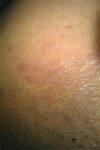
Drug therapy: desensitization and antipruritic therapy is given priority to. Antihistamines can be taken orally or injected for mild cases. If the lesion area is large and the inflammation is obvious, 10% calcium gluconate and 10% sodium thiosulfate can be used for intravenous injection; For severe generalized patients, corticosteroids can be used for a short time, oral prednisone 20-30mg / D, intramuscular betamethasone / betamethasone dipropionate (diprosone), or intravenous hydrocortisone or dexamethasone. Antibiotics can be used in patients with infection.
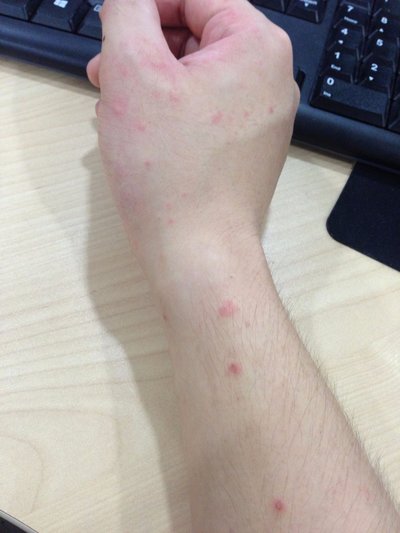
External therapy: the basic principle is the same as acute eczema. According to the condition of the skin lesions, the suitable dosage forms and drugs should be selected. The principles of anti-inflammatory, astringent and palliative symptomatic treatment should be followed. Irritating or sensitizing drugs should be prohibited. The patients with acute inflammation, exudation and erosion can use compound copper sulfate solution (daribos solution) or 3% boric acid solution for wet compress. The mild patients can use corticosteroid emulsion or astringent and anti-inflammatory ointment for external use. If chronic inflammation has been formed, low concentration of keratinocytes, such as 3% black bean oil or bran oil paste, corticosteroids, can be used as ointment or emulsion.
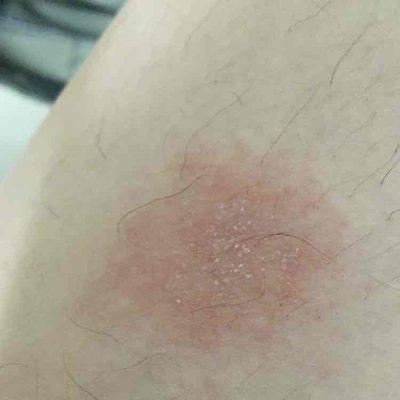
matters needing attention
Pay attention to proper rest, do not overwork, master the combination of dynamic and static, good rest is conducive to the recovery of fatigue; Exercise can enhance physical strength, enhance disease resistance, the combination of the two can better recovery. It is very important to keep a good attitude, keep a good mood, have optimistic, open-minded spirit, strong confidence to overcome the disease. Continue to take medicine and do a good job of nursing.
